In a dramatic rescue captured on video, a drone lifted a man to safety from a flooded rooftop in southwestern China, showcasing the life-saving potential of unmanned aerial vehicles (UAVs). The operation, reported by The New York Times, occurred in Guangxi Province, where rising floodwaters had trapped the man, underscoring how drones can adapt to emergencies beyond their typical roles.
Unplanned Heroics in Guangxi
The rescue unfolded as drone operator Lai Zhongxin was ferrying belongings for villagers displaced by severe flooding. Spotting a man stranded on a house surrounded by green-grey water, Lai acted swiftly. “Waters had reached a dangerous level,” he told CCTV, prompting him to repurpose his drone, typically used for spraying fertilizer and hauling construction materials, to airlift the man. The drone, equipped with a long cord, hoisted the man from the rooftop and safely deposited him on a nearby road.
Drones as Lifesaving Tools
This incident highlights the growing role of drones in emergency response, a key focus of DroneXL’s Drones for Good category. While Lai’s drone wasn’t designed for rescue, its ability to carry heavy loads—likely over 50 pounds, based on standard agricultural UAV specs—proved critical. Drones like these typically feature robust motors and battery systems, offering flight times of 20–30 minutes and ranges up to 6 miles, making them versatile for impromptu missions. In the U.S., similar models, such as the DJI Agras or the just released DJI FlyCart 100 series, are used for farming but could be adapted for search-and-rescue, especially in flood-prone areas.
The Guangxi rescue aligns with industry trends toward integrating drones into public safety. Agencies worldwide are adopting UAVs for their agility and ability to access hazardous zones, reducing risks to human responders. For recreational pilots, this case illustrates how off-the-shelf drones, with proper training, can serve communities during crises, though regulatory hurdles, like FAA Part 107 certification in the U.S., may apply for such operations.
Challenges and Future Implications
Despite their potential, drone rescues face limitations. Lai’s success relied on luck and proximity, as most commercial drones lack advanced features like thermal imaging or autonomous navigation needed for systematic search-and-rescue. Battery life and payload capacity also restrict operations, with most UAVs unable to lift multiple people or operate in extreme weather. Regulatory frameworks, such as China’s Civil Aviation Administration rules or the FAA’s airspace restrictions, further complicate emergency deployments, requiring clear guidelines to scale such efforts.
Economically, outfitting drones for rescue—adding cameras, sensors, or winches—can cost $5,000–$20,000 per unit, a barrier for widespread adoption. Still, incidents like this could spur investment in dual-use UAVs, blending commercial and humanitarian functions. For drone professionals, this opens opportunities to collaborate with emergency services, while hobbyists may find inspiration to engage in community-driven “Drones for Good” initiatives.
The Guangxi rescue, though unplanned, signals a future where drones become standard tools for saving lives. As technology and regulations evolve, UAVs could transform disaster response, offering hope in crises where every second counts.
Discover more from DroneXL.co
Subscribe to get the latest posts sent to your email.

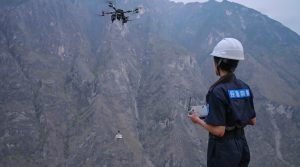
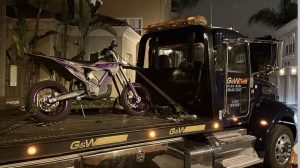

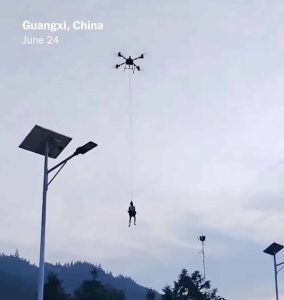
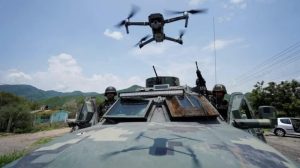

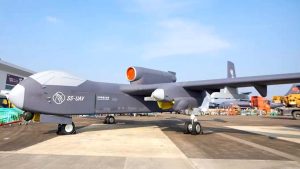
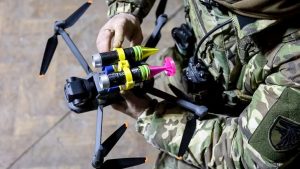
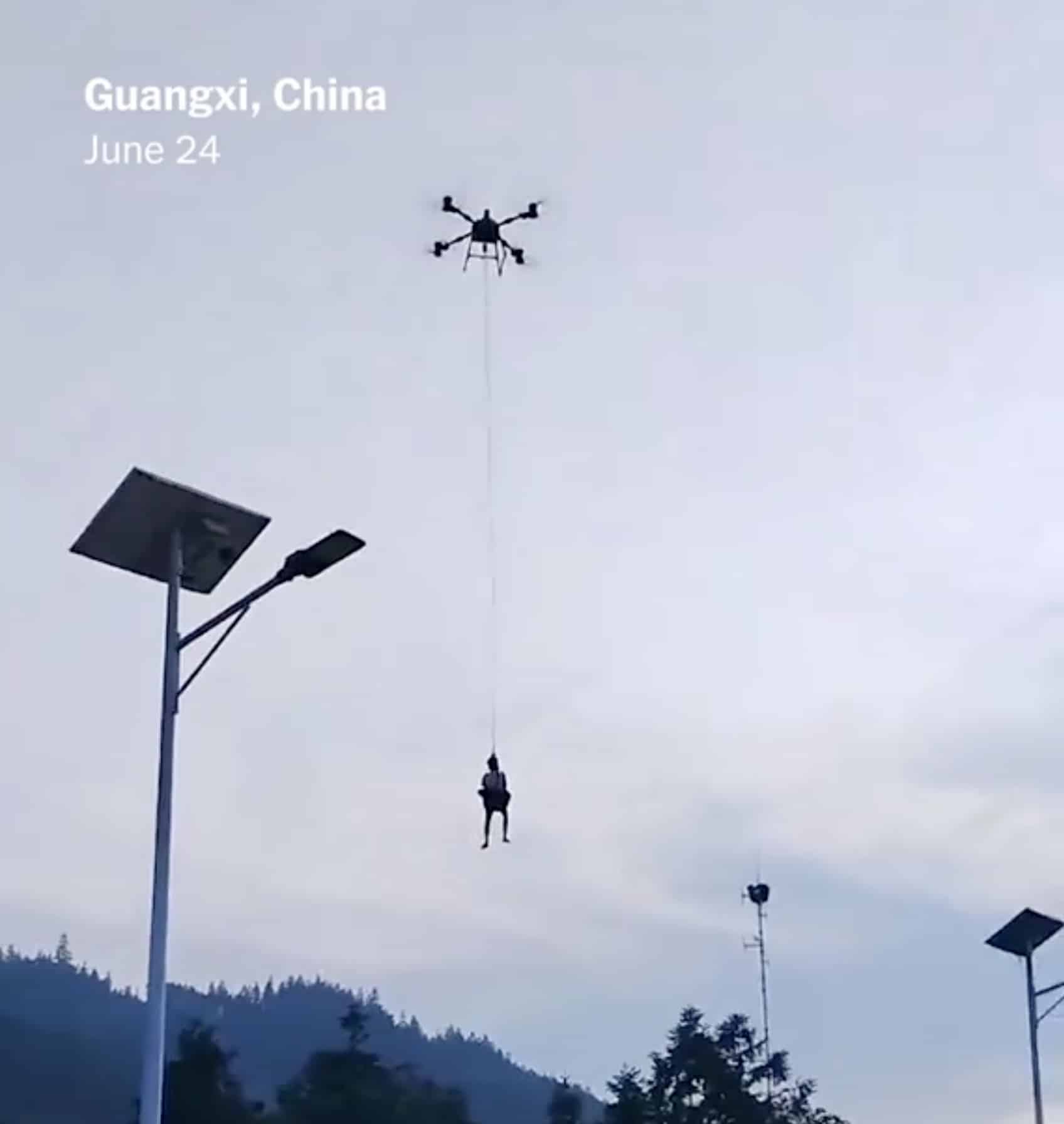

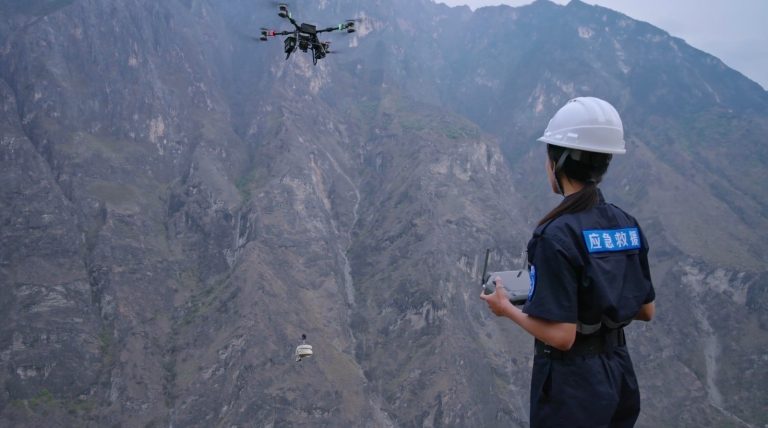
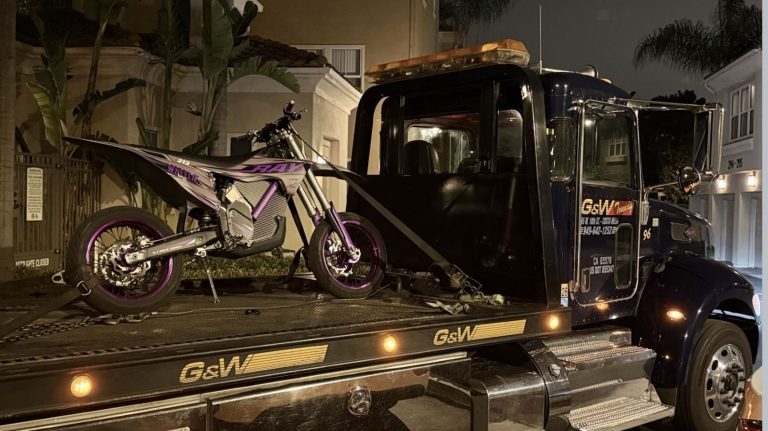

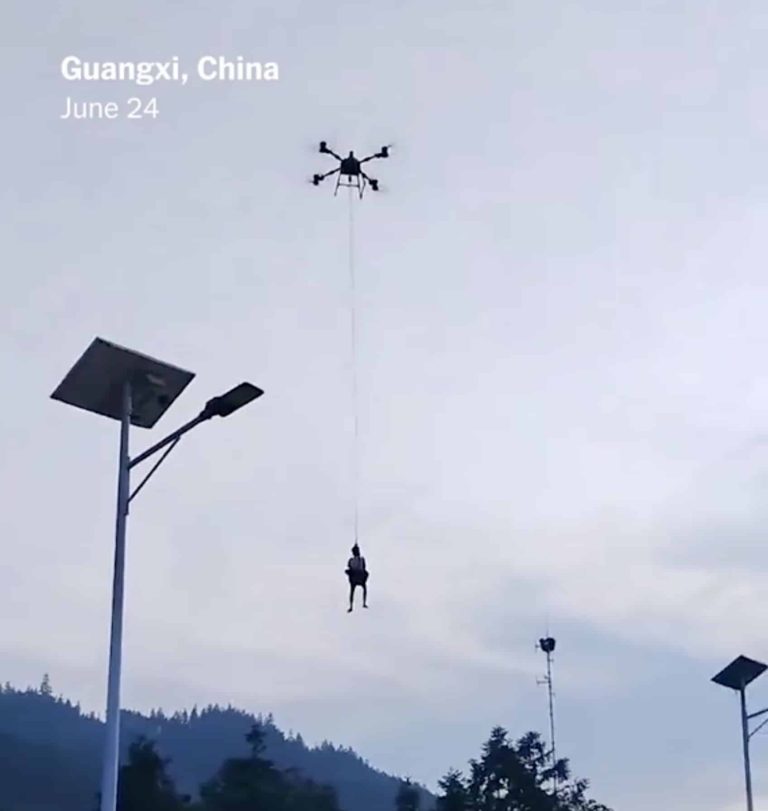
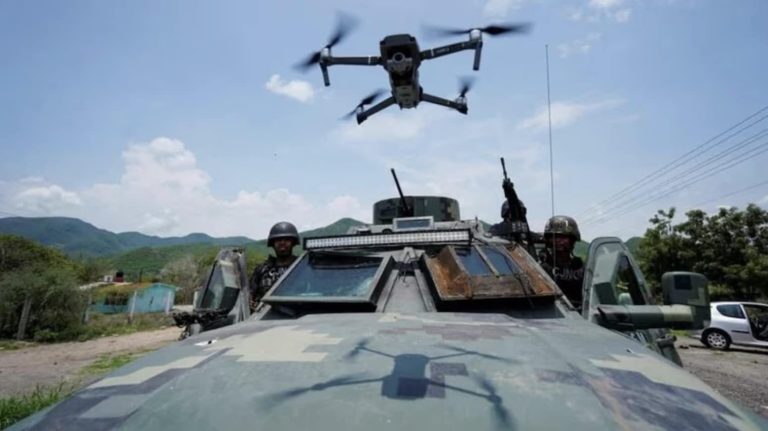

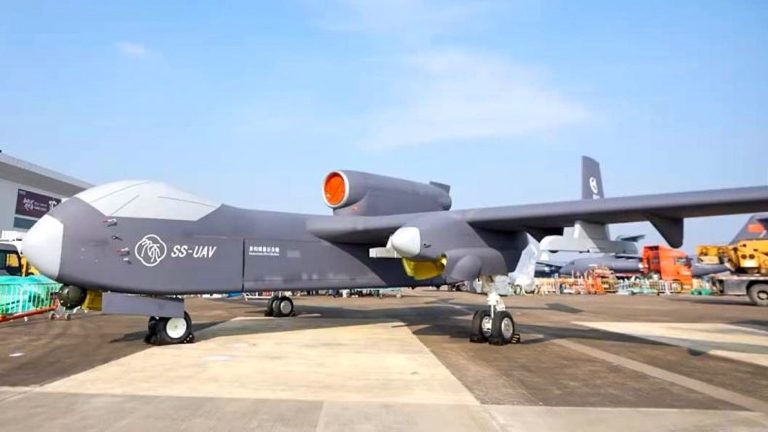
+ There are no comments
Add yours